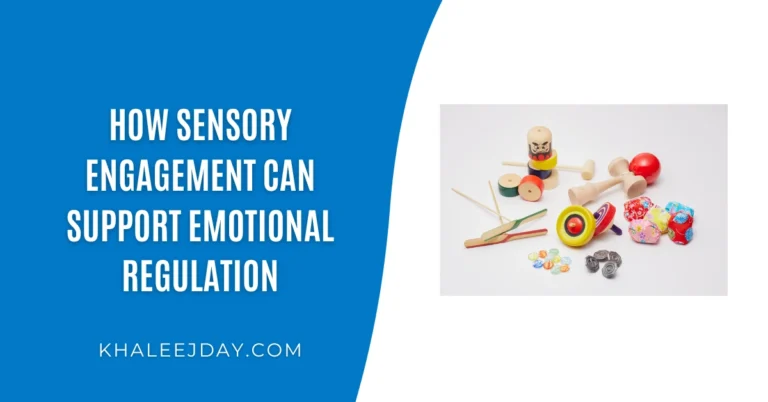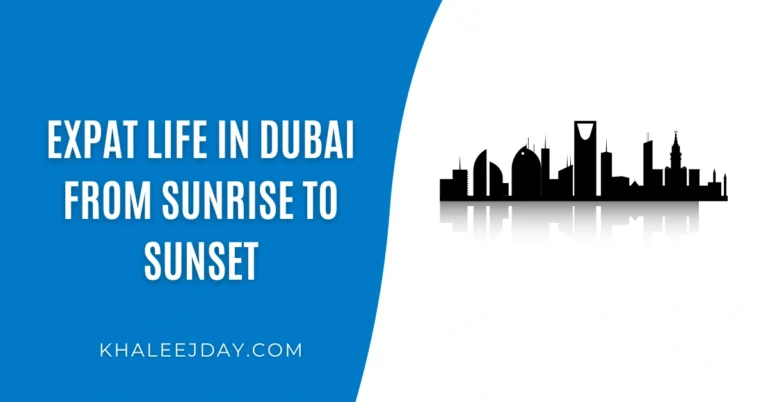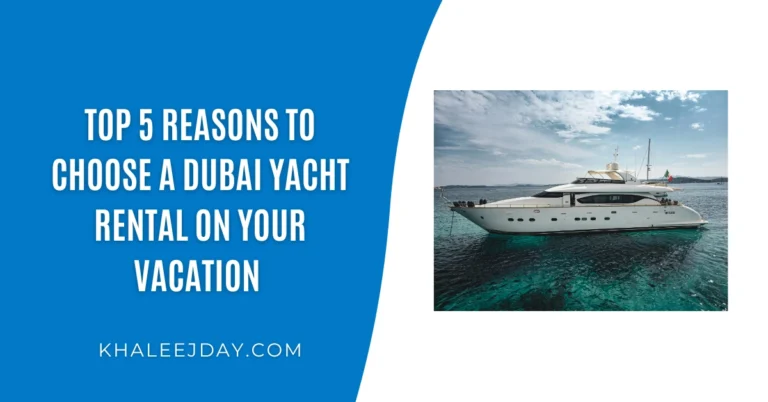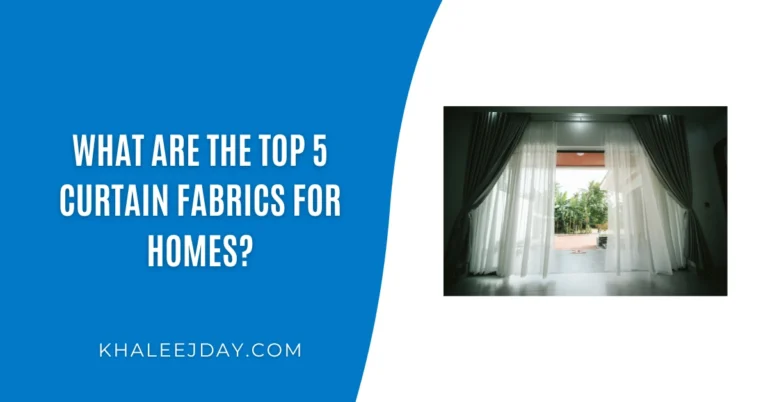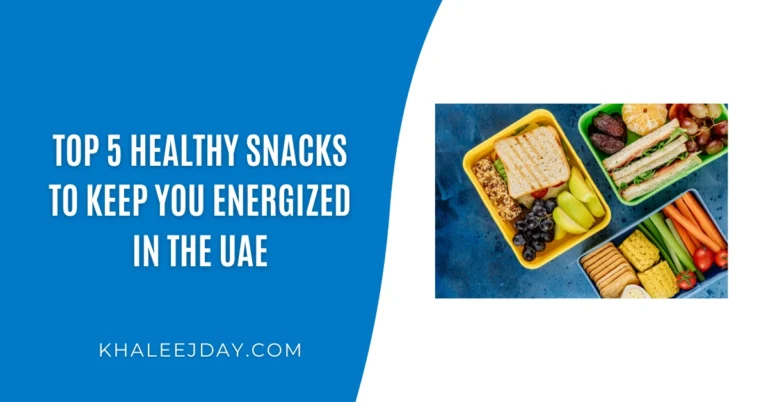Balancing Heritage and Modern Life in the UAE
The United Arab Emirates is a country that has witnessed rapid modernization over the past few decades. Skyscrapers now stand tall where deserts once sprawled. Yet, what makes the UAE truly special is its ability to embrace modernity while preserving deep-rooted cultural traditions. This article explores how Emiratis skillfully balance their rich heritage with a contemporary lifestyle.
Traditional Clothing vs. Modern Fashion
Emirati men traditionally wear the kandura—a long white robe—and women wear the abaya, a black cloak that covers the body. These garments are not only worn for cultural pride but also for comfort in the hot climate. Despite the rise of global fashion trends, locals continue to wear traditional clothing daily, especially in formal and religious settings.
However, modern fashion has not been ignored. Many young Emiratis follow global fashion trends and accessorize their traditional outfits with designer bags, watches, and shoes. Women often personalize their abayas with modern cuts, patterns, and embellishments, showcasing a blend of modesty and style.
Language and Communication
Arabic remains the official language and is widely spoken at home, in schools, and in government offices. However, English is the language of business and is commonly used in malls, restaurants, and offices.
Many Emiratis are bilingual or even trilingual, balancing their mother tongue with English and sometimes other languages like French or Hindi. This linguistic flexibility helps them thrive in a multicultural society without losing their linguistic roots.
Traditional Food vs. Global Cuisine
Traditional Emirati cuisine includes dishes like machboos (spiced rice with meat), harees (wheat and meat porridge), and luqaimat (sweet dumplings). These foods are commonly served during family gatherings, weddings, and Ramadan.
Despite the popularity of fast food and international cuisines, Emiratis still cherish home-cooked traditional meals. Many also incorporate global cuisines into their diets, dining at sushi bars, steakhouses, and Italian restaurants. Food festivals and cooking shows often showcase this fusion of tastes.
Housing and Architecture
Traditional Emirati homes were built with coral stones and palm fronds and featured courtyards to allow natural ventilation. While these structures are now mostly preserved in heritage sites, their architectural essence influences modern villas and houses.
Today’s Emirati homes blend traditional elements like wind towers and Islamic geometric patterns with modern amenities such as smart home systems, private cinemas, and swimming pools.
Celebrations and Events
Cultural and religious events like Eid, National Day, and Ramadan are celebrated with great enthusiasm. Traditional dances like Ayala, poetry recitals, and camel races are still a part of major festivities.
At the same time, Emiratis participate in modern celebrations such as New Year’s Eve, Valentine’s Day, and even international film festivals and fashion weeks. This dual celebration reflects their open-mindedness while maintaining a strong cultural identity.
Education and Career
In the past, education focused heavily on religious and tribal knowledge. Today, the UAE offers world-class education with international curricula and universities.
Many Emiratis pursue higher education abroad and return with global perspectives. In their careers, they hold positions in both government sectors and international corporations, successfully bridging traditional values with modern professionalism.
Conclusion
The UAE stands as a testament to how tradition and modernity can coexist harmoniously. Emiratis have found a way to honor their cultural roots while embracing the conveniences and opportunities of the modern world. Whether it’s wearing a designer watch with a kandura or attending a poetry recital after a business meeting, locals live a life that respects the past and welcomes the future.

